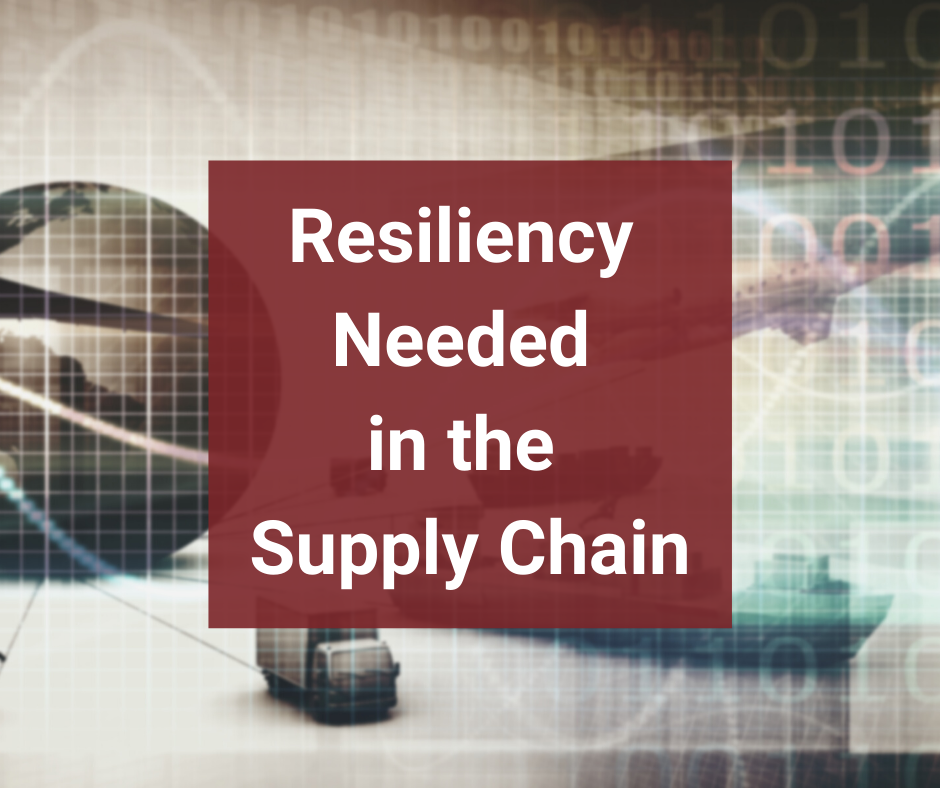While 2020 was marked by disruption and challenges, it was also defined by resilience and adaptability that have only continued to grow in 2021, especially across the supply chain sector.
MHI’s 2021 Annual Industry Report, “Innovation Driven Resilience: How Technology and Innovation Help Supply Chains Thrive in Unprecedented Times,” shares research findings that underline the various ways supply chain companies have adapted in the wake of COVID-19.
Companies that were able to make it through successfully were already investing in and prioritizing innovative technologies and will also be the best prepared for inevitable future disruptions.
In response to the pandemic disruptions, companies are investing in digital technologies for their operations. According to the report, 49 percent of survey respondents have accelerated spending in digital technology with inventory and network optimization tools, cloud computing and storage and robotics and automation seeing the highest increases.
A majority of respondents, 83 percent, believe digital supply chains will be the predominant model within the next five years, and 22 percent believe we are already there. Consumer demand is one of the key drivers of these changes, as the pandemic urged a shift from brick-and-mortar stores to e-commerce and omnichannel fulfillment.
Labor continues to be one of the top challenges supply chain leaders are facing. More than 50 percent of respondents indicated that hiring and retaining qualified workers is either very challenging or extremely challenging. Part of this stems from gap between workers’ current skills and the skills that are becoming more important for agile supply chains, including skills with digital technologies.
Thirty-three percent of respondents also stated that they are reskilling their current workforce and recruiting to close those gaps. The supply chain workforce is also becoming more diverse and will continue to trend that way, with 56 percent of workers in the industry between the ages of 18-24 being female, as opposed to only 15 percent over the age of 55.
Companies who were already utilizing remote work capabilities when possible were uniquely prepared to adjust to the shift to work-from-home during the pandemic. As restrictions are lifted and lockdowns end, many are expected to return to in-person offices, but the percentage of remote workers will still be almost twice as high as before the pandemic.
This is further enabled by automation technology, which also increased due to COVID-19. According to the report, the ability to have a remote workforce and increased automation will leave companies less vulnerable to future disruptions.
Overall, the COVID crisis has highlighted the importance of adaptability and agility in the supply chain industry in an increasingly global world. Building resiliency is now at the forefront of priorities for supply chain leaders, and there are a number of strategies they are employing or plan to employ to achieve it.
Forty-three percent of respondents are focused on building relationships with vendors, which can prove to be a major advantage in the event of supply scarcity. Companies are also focused on diversifying the geographical footprint of their supplies, which lessens the risk of being affected by regional disasters and crises. Strategies like these, along with the adoption of digital technologies, will help organizations recover from COVID and stay resilient in the future.






